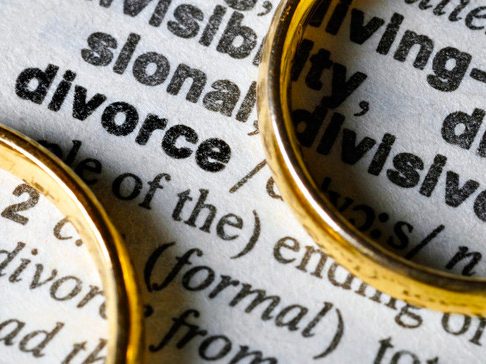
As the leading provider of Canadian document apostille (and authentication and legalization) services, we answer a lot of questions about the often-confusing process of how to apostille a Canadian divorce certificate. This brief article gives you the basics of how to navigate your documents through all the steps of the process and points you to additional resources.
What is divorce certificate apostille?
The divorce certificate apostille process is one step of an often multi-step process. Once you have your original Canadian divorce certificate and confirmed that your divorce certificate has the original signature and seal of the court, it can be sent for apostille. Your divorce certificate will need to be submitted to the relevant Canadian government authority for apostille. They will carefully review your divorce certificate and then place a certificate of apostille directly on your divorce certificate, confirming it has been apostilled.
What is divorce certificate legalization?
The divorce certificate legalization process is the last step in the process to have your Canadian divorce certificate prepared for use in a non-apostille member country. If your document will be used in an apostille member country, you will not need document legalization.
At this stage, your divorce certificate is submitted to the embassy or consulate of the destination country. The embassy or consulate will review your document and ensure it has been apostilled. If all is in order, the embassy or consulate will add their stamp or certificate of legalization to your document. Your document has now been legalized.
There are several different names commonly used for the Canadian apostille process, a fact which causes confusion. The names for the process include “apostille”, “document authentication and legalization”, “ratification”, and “attestation”. In Canada, all these terms refer to the same process.
How do I get my Canadian divorce certificate?
The process to obtain your Canadian divorce certificate may vary based on the province in which you were divorced, and the date of the divorce itself. Typically, you can apply for your divorce certificate in person, or in writing, to the court where the divorce application was filed.
If you are unsure where the divorce was filed, you may need to contact The Central Registry of Divorce Proceedings. They can locate the file and provide you with the location and court file number.
If the divorce happened a long time ago, it may be filed in records storage or archived. Therefore, you may need additional steps or time to obtain the divorce certificate. This varies by province. Contact us for more details about the process of obtaining archived documents.
Where can I find more information about the divorce apostille process?
Our website has a lot of information about the Canadian apostille process and is a great place to start your research. Our page specifically dedicated to divorce certificates has more information on the apostille of Canadian divorce certificates. You may also want to contact our friendly staff directly if you haven’t found all the answers.
Can you help me with ordering and apostille of my Canadian divorce certificate?
At International Documents Canada, we specialize in managing the apostille, and authentication and legalization, process for our clients. We can often even order the Canadian divorce certificate from the court where it was filed (not available for Alberta and some other provinces). We just need some basic information about the file and then we can handle the rest. Once the divorce certificate has been obtained, we can proceed with the divorce certificate apostille, or authentication and legalization process.
I am still looking for more information. What should I do?
We would be happy to talk to you about your specific situation. When you contact our experts for your free consultation, we will take the time to understand your requirements and answer any questions. Contact us through our website or phone us toll-free at 1-888-433-1011 to speak to a specialist!
